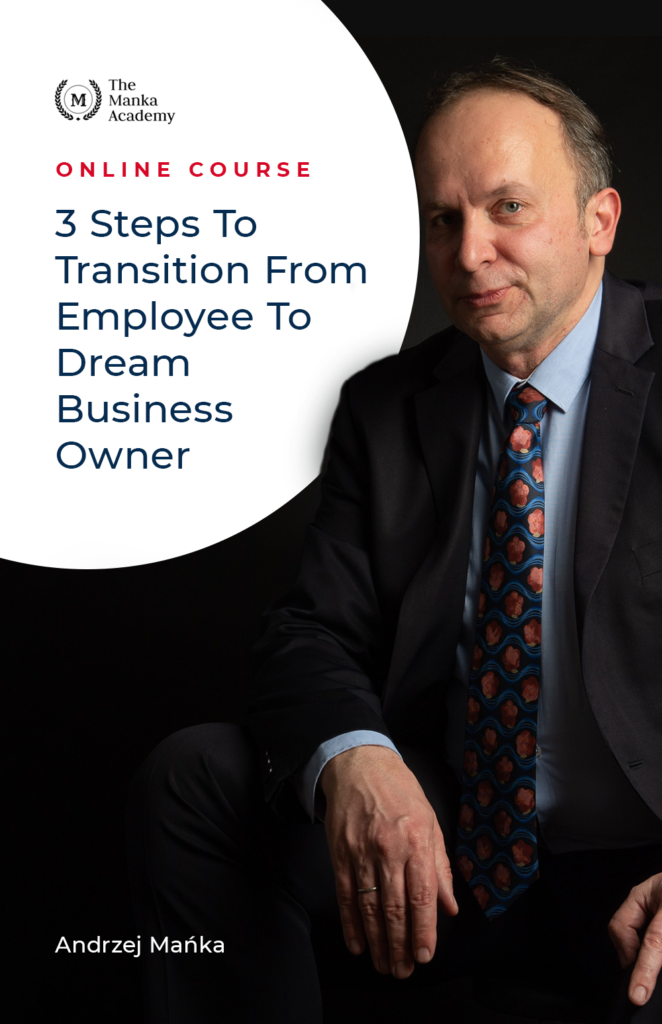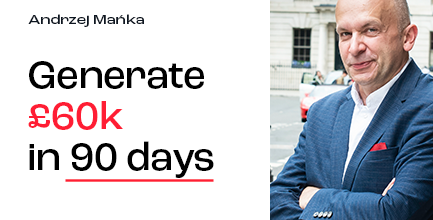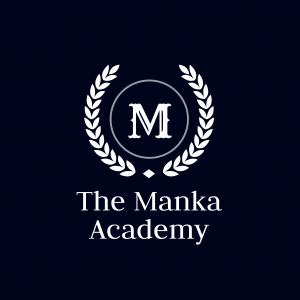Motivate your users!
Can we learn effectively without motivation and healthy self-esteem?
Motivation to learn is fundamental. Your course should reflect this truth as often as possible. When you are properly motivated, you can learn any new skill and achieve the ambitions that are important to you.
Long-term motivation comes from a profound awareness of life’s goals. If I know what I want and why I want to achieve it, my motivation will be strong and stable. Add to this the care of daily motivation which comes from, for example, reading uplifting material, maintaining a positive internal dialogue and building up your own convictions.
How to be productive
Have you ever wondered what would make you successful at what you do? What would help you reach the highest levels of excellence?
Perfection is determined by psychological factors. Prominent thinkers suggest that there are seven critical elements of excellence: commitment, belief, full focus, positive images, mental readiness, distraction control and constructive evaluation.
These elements combine to form a “circle of excellence”. If you’d like to read a little more about this, I refer you to The Wheel of Excellence.
A slightly different approach is presented by Brendon Burchard, one of the best personal trainers of our time. If you are keen to find out why some people succeed faster than others, and what makes them find happiness in life and work, I encourage you to explore High Performance Habits by Brendon Burchard
See for yourself that success and happiness can be achieved by any of us. The daily work to reach these goals is generally quite demanding, but the striking impact on learning outcomes is well worth the effort.
Good patterns of motivation and high productivity are needed both by your course users and by you, in the process of acquiring new skills and accumulating the knowledge necessary to consistently create better and better online courses.
TIM, or Transformation – Illumination – Mastery
At The Manka Academy, we’d like to add our modest contribution to the development of potent tools for learning new skills effectively.
Our method is called TIM, or Transformation – Illumination – Mastery.
Transformation is the stage that follows a decision to learn something new. It’s a very complex skill, e.g. in such a multi-dimensional matter as starting your own business.
The transformation takes at least a few months, and sometimes it can even take a few years. If you have an existing job and want to start your own business, you may first have to change a lot of perceptions and beliefs about work, decision-making, responsibility, leadership, creativity, emotional intelligence, goal achievement and risk management.
Changing beliefs is just the prelude to learning new skills. For business, this means taking an experimental approach , which will inevitably expose you to frequent (but necessary) failures and difficulties. This is the only way to succeed in business; there are no shortcuts.
Business generally requires versatile skills and has little to do with the cult of specialization characteristic of corporate culture.
Illumination is the moment when you realize you can do it! It may be your first contract in a new business – significant enough to make you confident about the future of the venture. It could also be your first sale as you learn to manage the process over the phone. If you’re a budding blogger, it could be your first recognition in an important ranking or an exponential increase in subscribers to your newsletter. If you’re running a tech startup, the moment of illumination is, for example, your first investor that enables you to scale and grow dynamically.
And Mastery is a never-ending journey leading to continuous and systematic improvement of your skills. First successes, even major ones, are not a sign to slow down or a signal to become complacent. These achievements are simply proof that you’re moving in the right direction, and that now’s the time for more sustainable, long-term growth.
To think about:
How can you use the TIM method both for your own development and to more productively grow the skills of your online course users?
Strive for excellence
Your brain is a muscle. If you exercise it, you’ll soon see ever-improving results. Your brain never loses its ability to learn. In the 21st century, new technologies such as artificial intelligence and virtual reality are an integral part of thinking about learning.
Remember, though, that modern tools are just tools. Facades. The essence of learning is, to some extent, the same as it was two thousand years ago.
Learning requires an understanding of the psychological models – stereotypes, beliefs, images, and assumptions – that underlie the structure of our minds and determine how we interpret reality and ourselves.
The science of how we learn
Improving the efficiency, speed and quality of the learning process leads to excellent results. You can increase the speed and value of learning by up to three or five times. If you know how parameters including memorization, concentration, motivation, creativity, stimulation or self-discipline work, you’ll avoid common mistakes and reduce the time spent “over the books”. Effective learning is not only absorbing, storing and reproducing knowledge. It is, above all, the ability to navigate through the maze of information.
The academic form of learning is suitable for only 30% of people, while the remaining 70% prefer other learning styles.
Learning is a skill. A skill that can and should be persistently developed to get better results, live more fully, achieve more ambitious goals and simply enjoy life! Think about how you think!
Success in any discipline is a matter of purpose, systematic work and of course taking a chance on the ability to create it. Talent or aptitude alone is not enough to achieve ambitious goals.
So remember that the key to business and financial success is action and daily application of the knowledge gained in practice.
Key points to remember
As an online course author, you are responsible for carefully and attractively managing the learning process.
The way we learn is described by four major concepts: behaviorist, cognitivist, structural, and transformational. Try to creatively combine the different concepts since most of us learn in very versatile ways.
Another way to classify learning styles is the popular acronym VASK. It describes four styles: visual, auditory, reading-based, and kinesthetic.
Another useful classification is: activist/active, theorist/theoretical, pragmatist/pragmatic, and reflective.
To enhance the learning process, each person should have a deep understanding of their learning style and be familiar with the broader context of each approach. Your role as course creator is to introduce as many learning options as possible.
The more active and engaging the form of learning, the better the results.
Motivation is key to the speed and value of learning.
The open mind helps in the effectiveness of learning, while the so-called closed mind always stands in the way.
The better we understand how we think, the more successfully we learn.
The system we’ve developed at The Manka Academy is TIM, which assumes that anyone who wants to efficiently achieve new skills goes through three phases: transformation, illumination and mastery.
Use modern learning methods such as mind maps in your courses. Format content in a way that makes information easy to absorb (highlighting, summaries, etc.).
Andrzej Manka
PS1.
We are an e-learning company specializing in four areas:
First class financial planning.
Growing a profitable online business.
Effective self-education.
Successful communication (sales, negotiations, persuasion, and public speaking).
We deliver these skills through live and recorded online courses, online workshops, and individual programs such as coaching and mentoring.
PS2.
Do you want to start or grow a profitable online business faster? At The Manka Academy, we run individual online programs for those who want to start their business or enhance growth. Let’s meet and talk about your business ambitions.
You can book your convenient Zoom or call appointment here.







